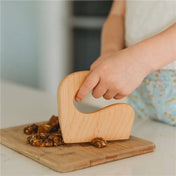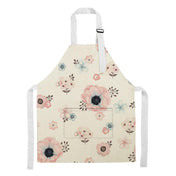💬 Why Gross Motor Skills Matter
Gross motor development forms the foundation for your child’s movement, balance, coordination, and strength. From crawling and climbing to jumping and balancing, these skills support everything from school readiness to social play.
At My Happy Helpers, we believe that every child deserves the opportunity to move, explore, and grow. Whether your child is meeting milestones or receiving support through the NDIS, our range of gross motor toys is designed to encourage purposeful play and healthy development.
🧩 NDIS-Aligned Support for Your Child
Many of our gross motor resources can be claimed through NDIS under early childhood intervention. These tools are often recommended by Occupational Therapists and Physiotherapists to help children improve:
- Balance & Coordination
- Core Strength & Postural Control
- Functional Movement & Independence
- Sensory Integration & Self-Regulation
Need help selecting NDIS-appropriate products? Contact us – we’re here to guide you.
🪵 Our Top Gross Motor Picks
1. Pikler Triangles & Climbing Sets
Encourage your child to climb, crawl and explore in a safe, independent way. Great for balance, spatial awareness, and self-confidence. Compared to the typical climbing platform found in the playground, a pikler climbing frame (and similar structure) are a much safer alternative. They’re perfect for teaching children to learn how to explore and set boundaries on their own. At the same time, parents don’t have to worry as much about children falling off of the edge since they’re relatively low.
Explore Pikler Climbing Frames

Balance Boards


Using balance boards, children will have to learn how to shift their body weights appropriately and respond so that they can stay on the board. But because these boards are not that high anyway, they’re also safe. This makes the ideal method to develop the vestibular input in children, which is what’s responsible for the coordination of the head, body, and eyes.
Balance Bikes



A more modern and arguably better alternative to the classic tricycle is the balance bike. In fact, the argument exists that balance bikes are better at developing a child’s gross motor skills. Not to mention, balance bikes make it easier for children to move on to actual bikes once they’re older.
2. Balance Boards & Rockers
Wobble, rock, and balance to strengthen core muscles and calm the nervous system. A great tool for sensory seekers and active toddlers.
Shop Balance Boards
Balance Beams
A great way to teach toddlers how to self-correct and adjust their movements, as well as balance themselves, is to let them get up on balance beams. The best part about balance beams is that they can literally be any object found around the house. Although those that are sold on the market are often typically safer and better designed for children.
Skipping Ropes
Regular skipping has a lot of benefits in children. In fact, studies show that skipping can help improve a child’s concentration, memory, as well as their problem-solving skills. This is in addition to how skipping can help children develop their gross motor skills and become more confident in their own abilities physically. Hoola Hoops What makes Hoola Hooping different from other physical activities that involve toys is that it requires children to be able to do multiple things successfully. For example, it requires children to adjust and learn how to move their trunk separately from their limbs. At the same time, they’ll have to both learn how to balance themselves and be flexible.
The Importance of Play


Children should have as many opportunities to play as they can, especially in their younger years. This is because play is crucial to their growth, learning, and development at such stages, allowing them to hit physical development milestones, among others. Using these toys can help promote the development of a child’s gross motor skills without necessarily forcing it upon them.




